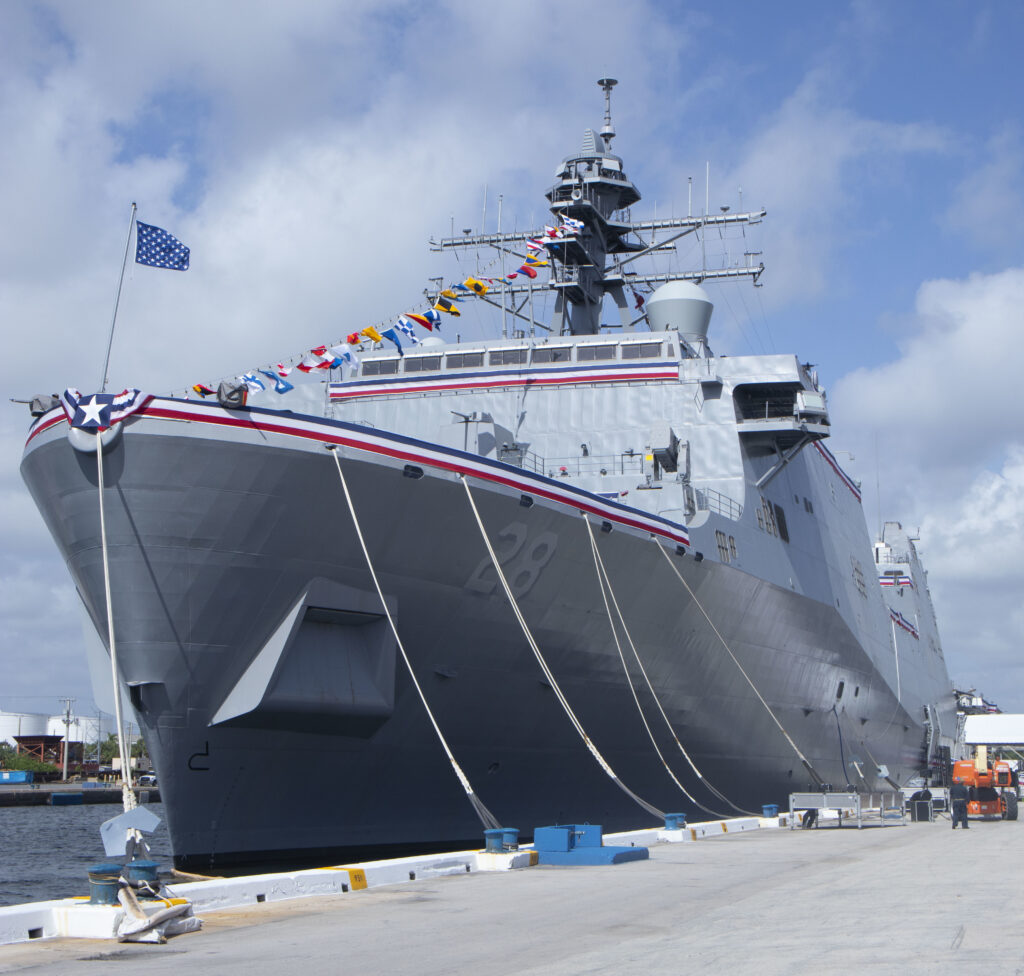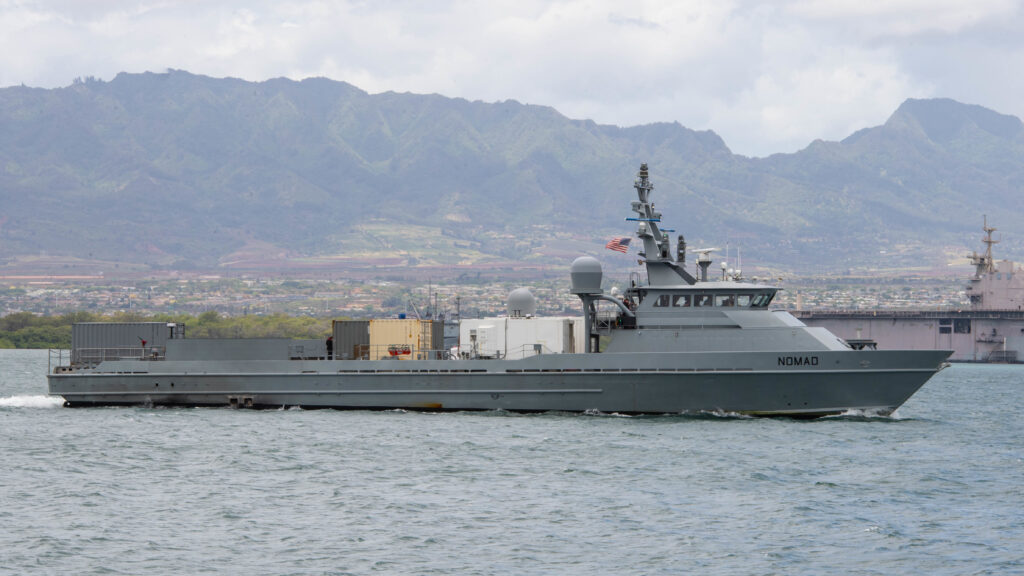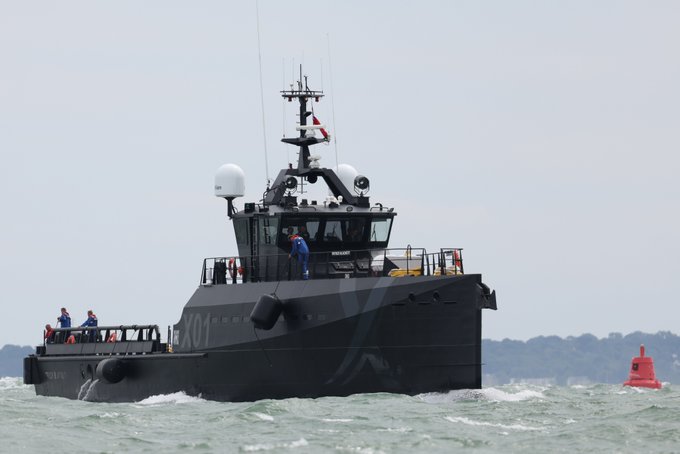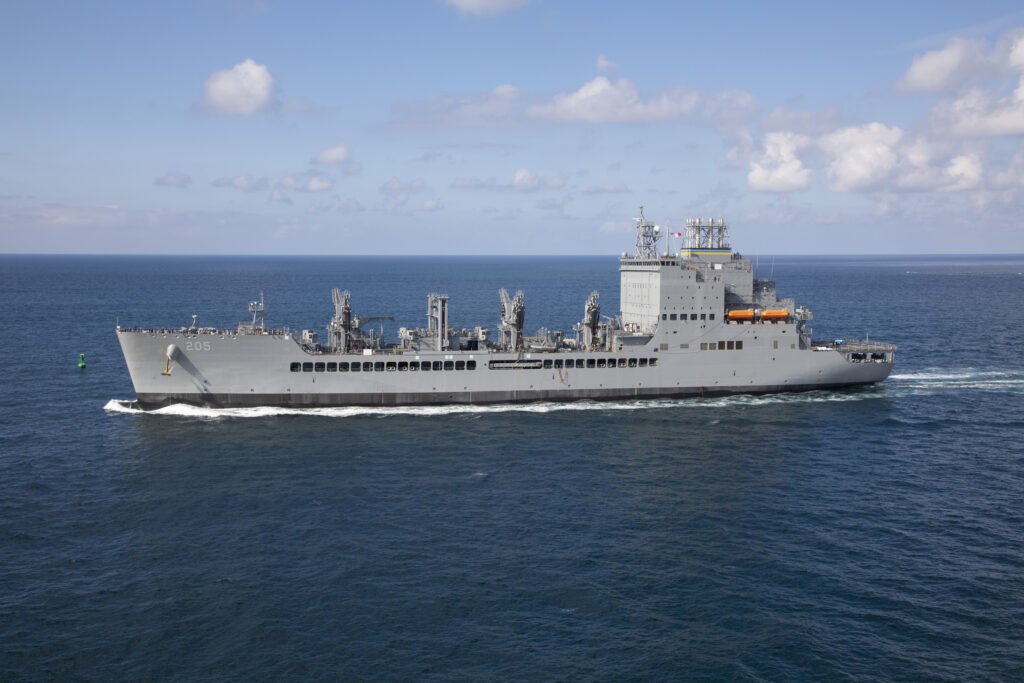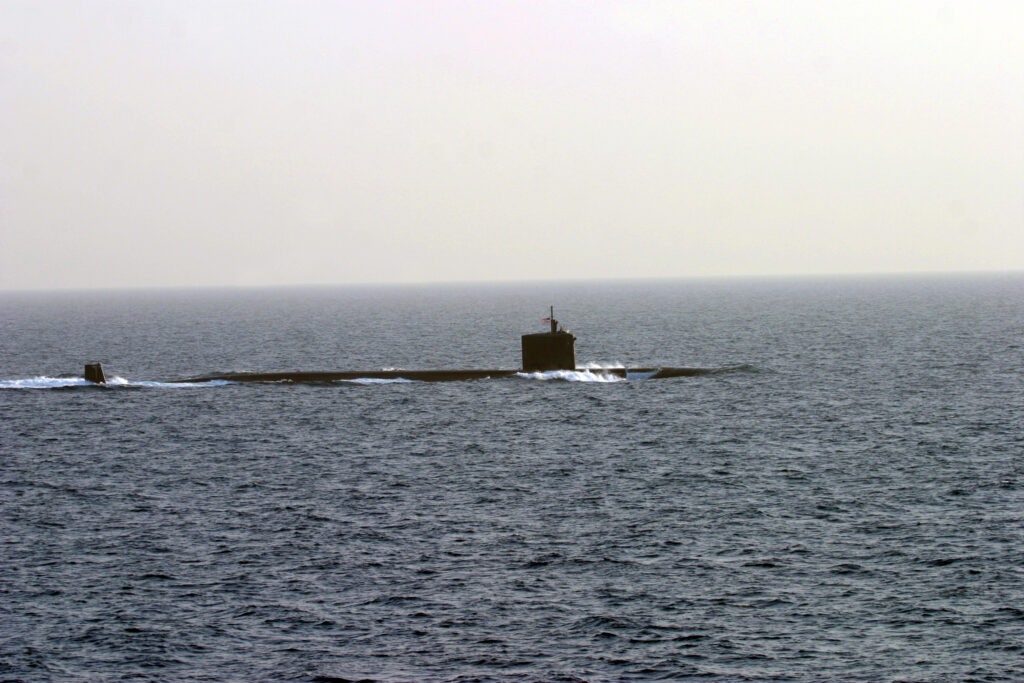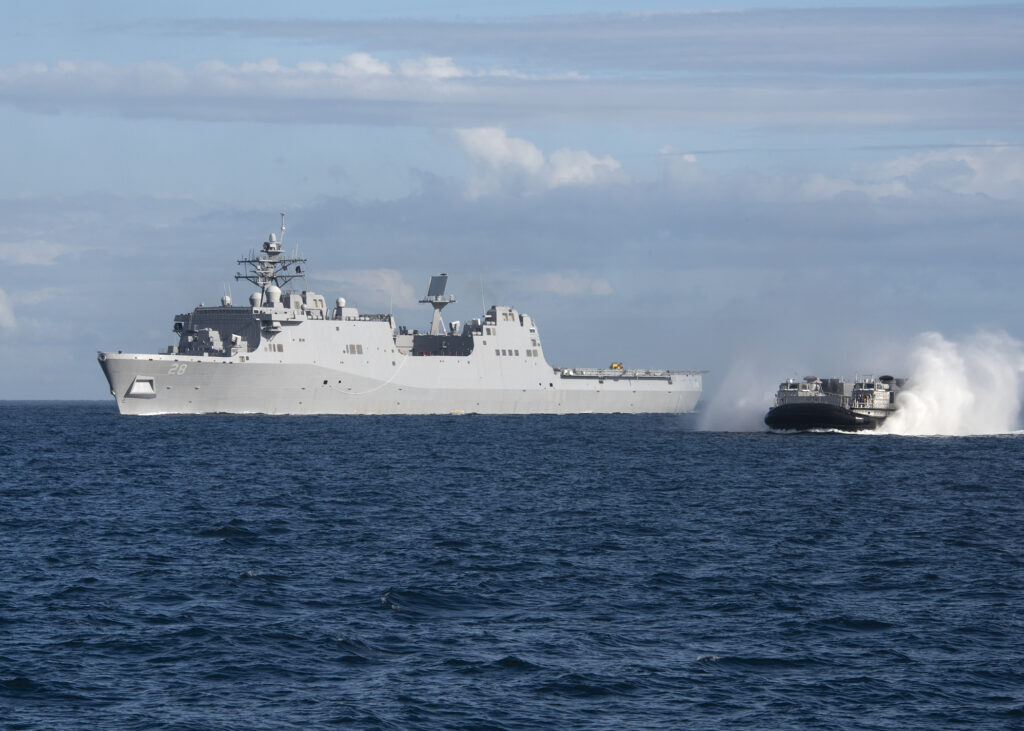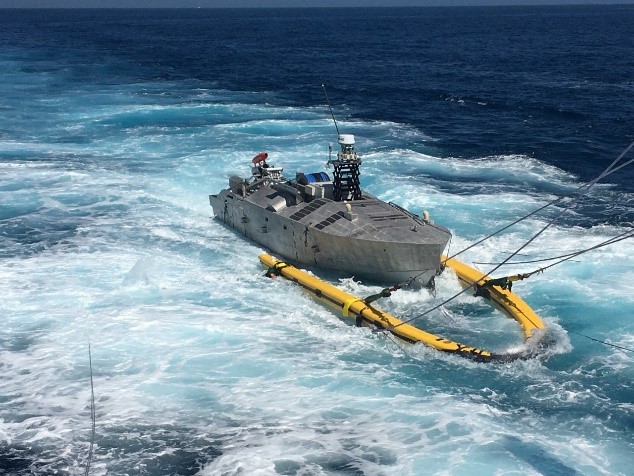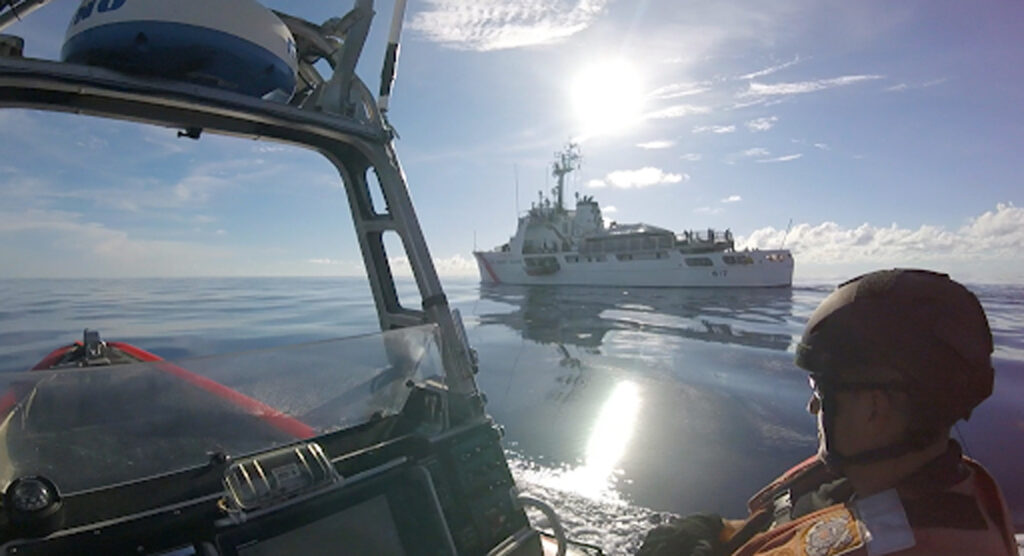Langley Confirmed to Head Africa Command as Four-Star General
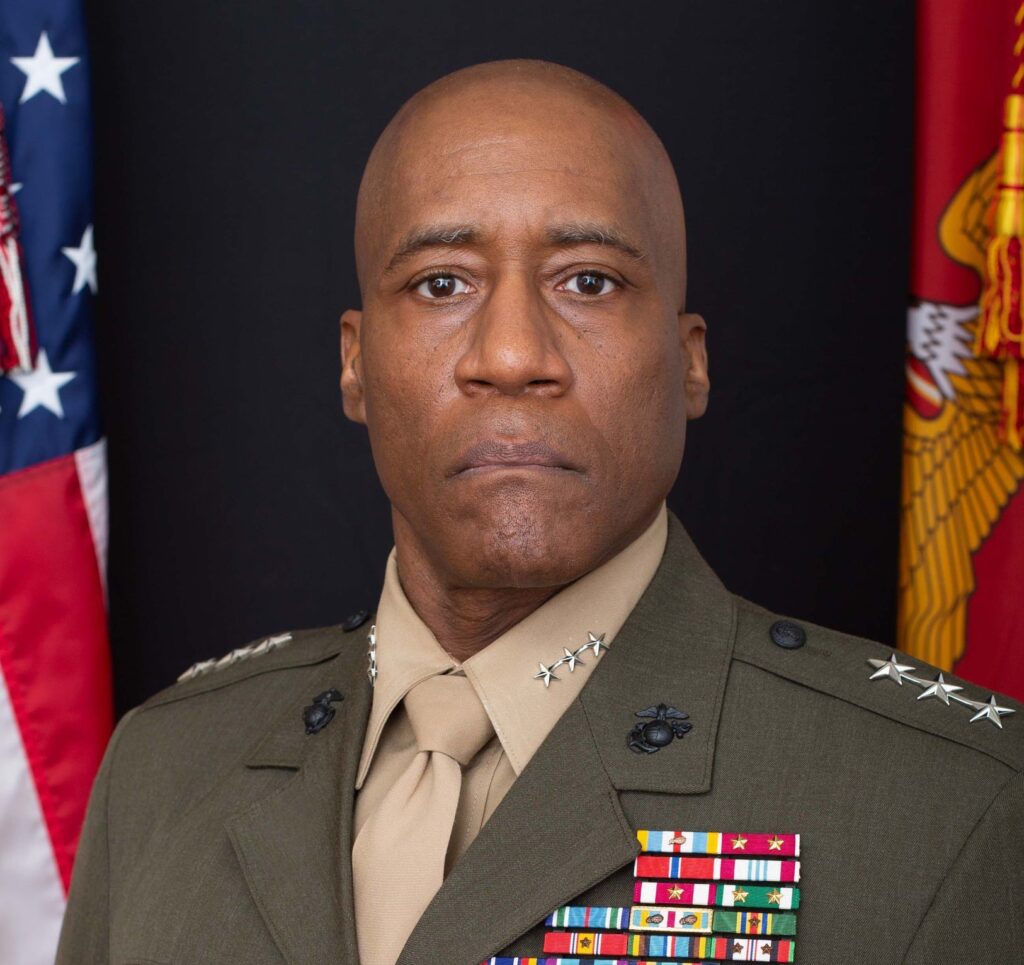
WASHINGTON — Lt. Gen. Michael Langley has been confirmed by the U.S. Senate to be the first African-American four-star general in the U.S. Marine Corps, Senate Majority Leader Chuck Schumer announced Aug. 1.
Langley was nominated to the be commander of U.S. Africa Command in Stuttgart, Germany, on June 9. He will be promoted to general at a ceremony in Washington, D.C., on Saturday, Aug. 6, the Marine Corps announced Aug. 2. Langley is currently serving as commander, U.S. Marine Corps Forces Command; commanding general, Fleet Marine Force Atlantic; and commander, Marine Corps Forces North, Norfolk, Virginia.
“He’s been a Marine for more than 35 years. He’s led an impressive career. And he’s now the first Black four-star general in the history of the Marines,” Schumer posted on Twitter.
“It is a great honor to be the president’s nominee to lead U.S. Africom,” Langley said at his July 21 nomination hearing before the Senate Armed Services Committee. “I am grateful for the trust and confidence extended by him, the secretary of defense, the chairman of the joint chiefs of staff and the commandant of the Marine Corps.”
A native of Shreveport, Louisiana, Langley graduated from the University of Texas at Arlington and commissioned in 1985. He commanded at every level from platoon to regiment, including Battery K, 5th Battalion, 11th Marines in support of Operation Wildfire in the Western United States; battalion and regimental commands in 12th Marines forward deployed in Okinawa, Japan; and both the 201st Regional Corps Advisory Command-Central and Regional Support Command – Southwest in support of Operation Enduring Freedom in Afghanistan.
As a general officer, his command assignments include deputy commanding general, II Marine Expeditionary Force and commanding general, 2d Marine Expeditionary Brigade; commander, Marine Forces Europe and Africa; and deputy commanding general, Fleet Marine Force, Atlantic and deputy commander, Marine Forces Command and Marine Forces Northern Command.
Langley holds multiple advanced degrees including Masters in National Security Strategic Studies from the U.S. Naval War College and Strategic Studies from the U.S. Army War College.
